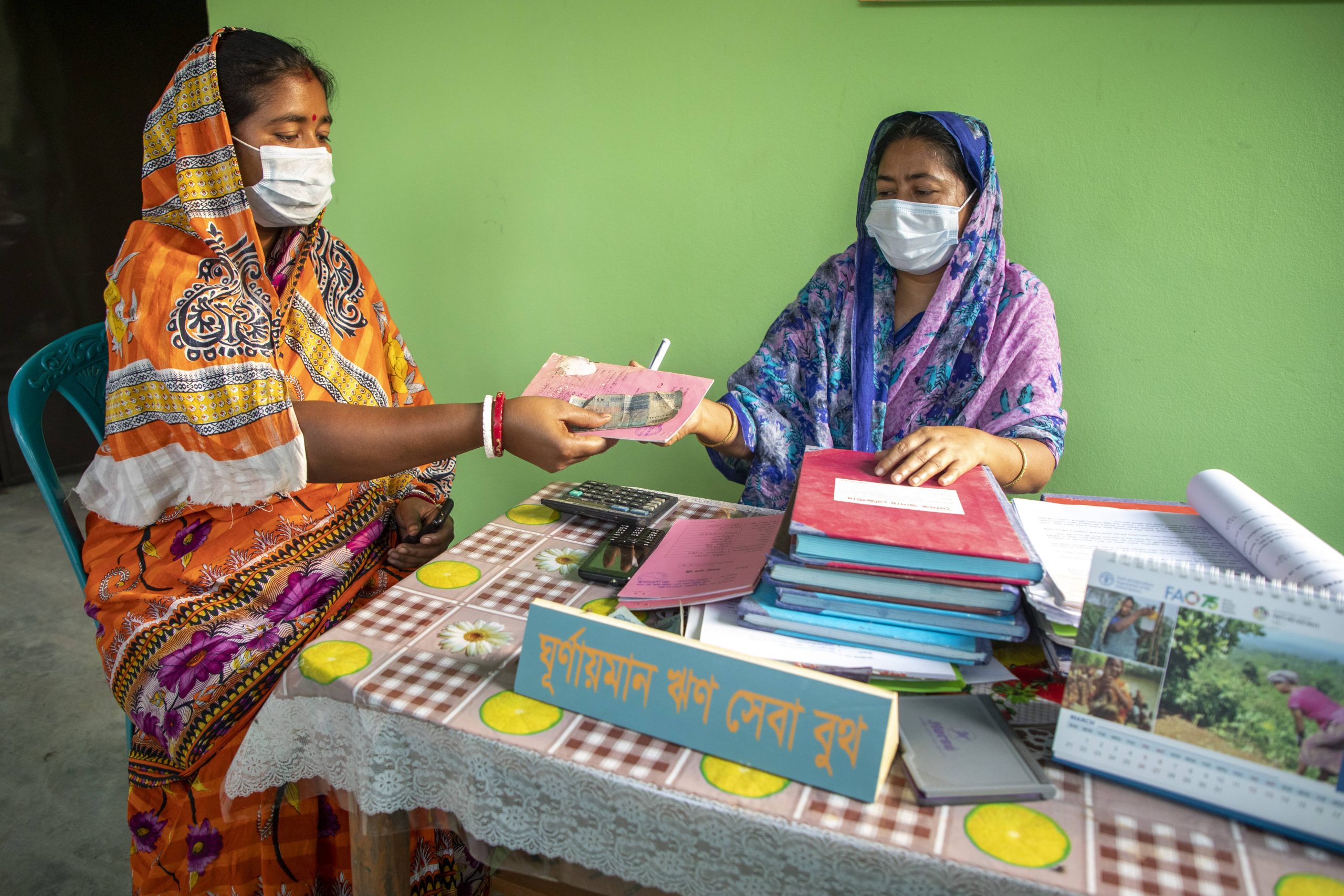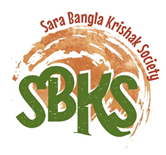Published by: The Financial Express

According to a recent assessment by the United Nations Food and Agriculture Organization (FAO), just 17% of smallholder farmers in the nation have access to credit services from both specialized and commercial banks.”Neither government specialized banks nor private commercial banks play a satisfying role in the distribution of farm loans,” according to the research issued on Tuesday.
Only 7.19 percent of marginal farmers obtained loans from state-run specialized banks and organizations in 2018, according to the report, including Rajshahi Krishi Unnayan Bank (RAKUB), Bangladesh Krishi Bank (BKB), and Bangladesh Rural Development Board (BRDB).The study was carried out by the FAO’s project ‘Missing Middle Initiative (MMI) Bangladesh.’ The goal of the initiative is to make financial services more accessible to farmers’ organizations.The survey results were revealed at a session titled ‘Financial Inclusion of Smallholder Farmers,’ which was jointly organized by MMI Bangladesh and the agricultural ministry and held at the Bangladesh Agricultural Research Council (BARC) auditorium in Dhaka.
According to the survey, just 1.0 percent of small-scale female farmers received loans from the state-run RKB and BKB, while 2.0 percent received loans from the BRDB. And it’s less than 10% for marginal male farmers.Male and female farmers have lesser access to national commercial banks (NCBs), at 13% and 17%, respectively, according to the report.However, NGOs and informal lenders (mahajon) appeared to be keen in lending to such farmers.According to the survey, microcredit programs run by several NGOs provided loans to over 58% of female farmers.According to the report, 29% of male farmers and 20% of female farmers receive loans from informal lenders.
The average loan size for male farmers is $730 (Tk 61,202) and $655 (Tk 55,060) for female farmers, according to the research.It also found that government agricultural extension personnel were few, with just one person for every 1,100 smallholder farmers.According to the poll, 85% of farmers wanted to borrow money.It stated cattle received 49% of the loans, rice received 14%, agribusiness received 9.0%, vegetables received 7.0 percent, crops received 6.0 percent, and fish received 3.0 percent.
The baseline survey covered 788 households in 142 villages across 16 districts around the country.
